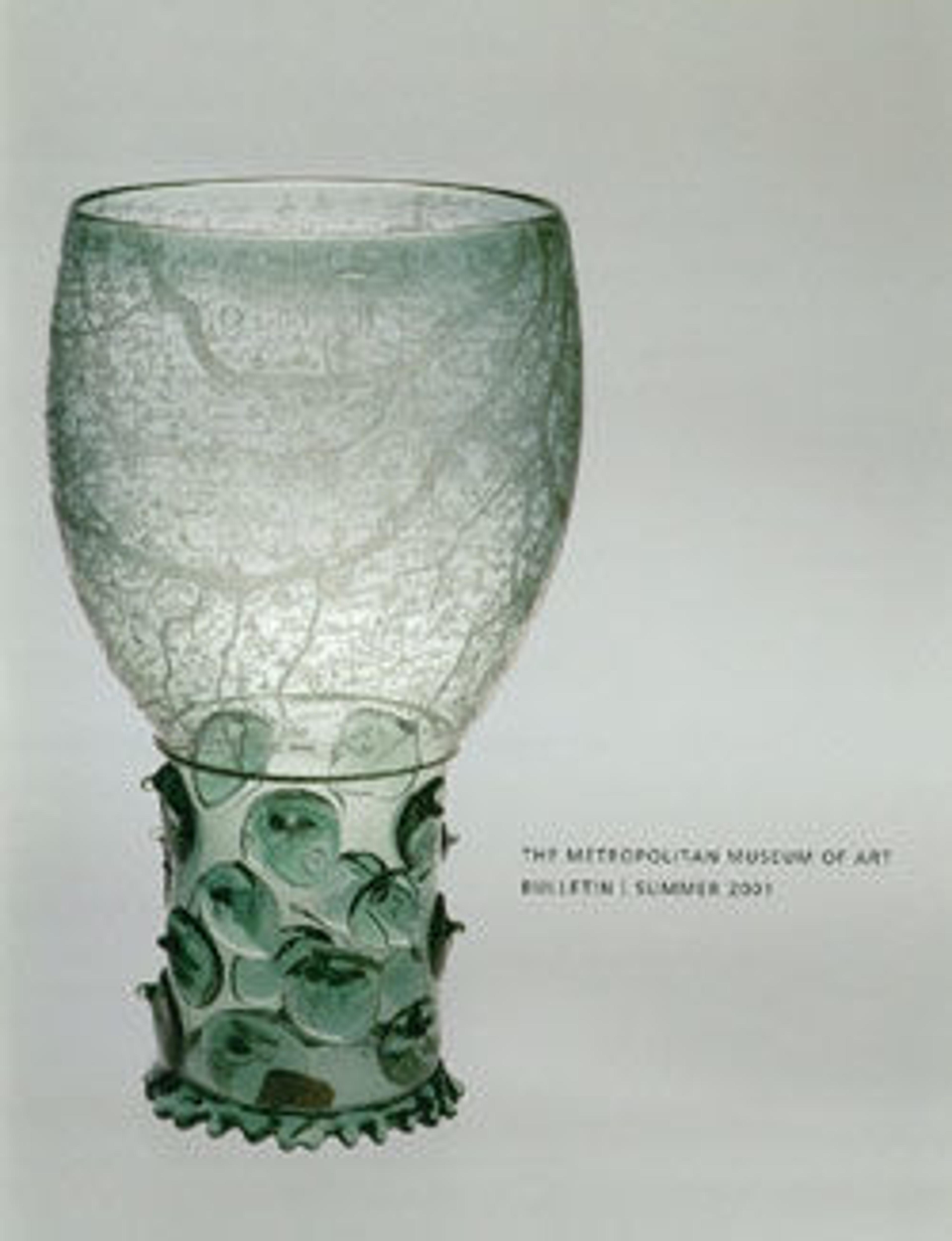Transverse Flute in D-flat
Claude Laurent, a Parisian watchmaker and mechanic, invented the technology to produce glass flutes that became an early 19th century novelty. He used lead crystal and other types of glass to make white, cobalt blue, and uranium green flutes. This fragile white crystal flute has four brass keys but Laurent manufactured more complicated key systems including one invented by Theobald Boehm (1794–1881), "the father of the modern flute." "Crystal flutes" went out of style after Laurent's death but his innovative use of pillars to mount the keys became an industrial standard.
Artwork Details
- Title:Transverse Flute in D-flat
- Maker:Claude Laurent (French, Langres active 1805–1848 Paris)
- Date:1813
- Geography:Paris, France
- Culture:French
- Medium:Glass, brass
- Dimensions:Height: 24 3/4 in. (62.9 cm)
- Classification:Aerophone-Blow Hole-side-blown flute (transverse)
- Credit Line:The Crosby Brown Collection of Musical Instruments, 1889
- Object Number:89.4.924
- Curatorial Department: Musical Instruments
More Artwork
Research Resources
The Met provides unparalleled resources for research and welcomes an international community of students and scholars. The Met's Open Access API is where creators and researchers can connect to the The Met collection. Open Access data and public domain images are available for unrestricted commercial and noncommercial use without permission or fee.
To request images under copyright and other restrictions, please use this Image Request form.
Feedback
We continue to research and examine historical and cultural context for objects in The Met collection. If you have comments or questions about this object record, please contact us using the form below. The Museum looks forward to receiving your comments.
